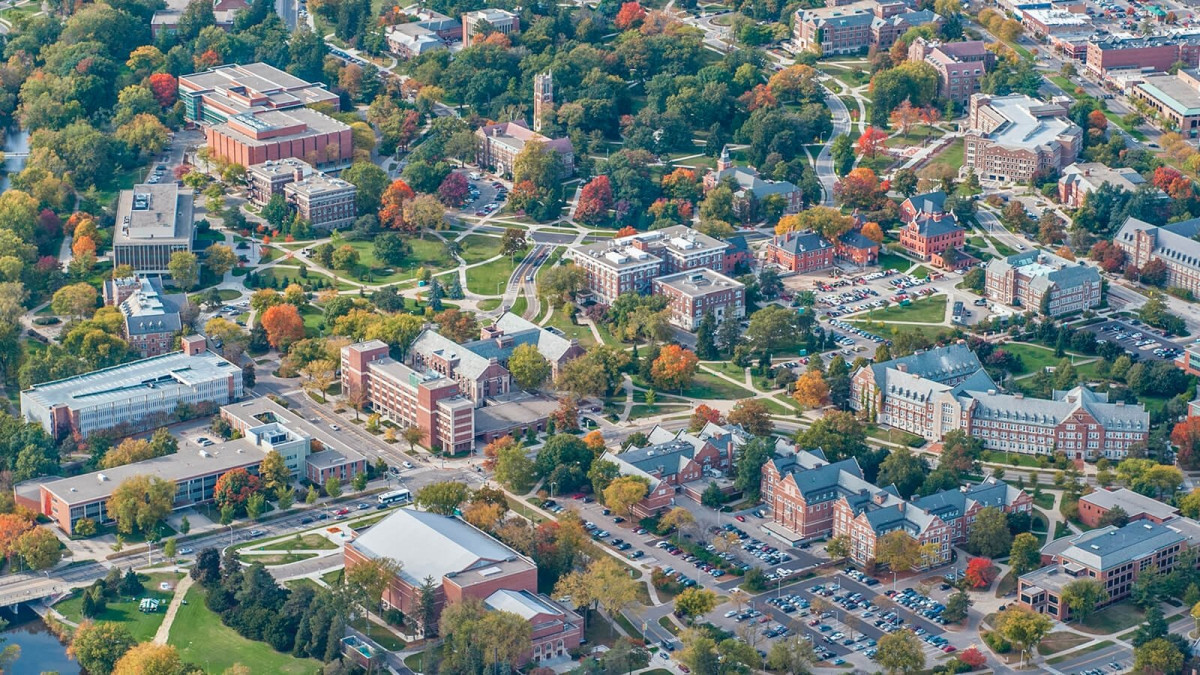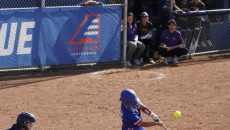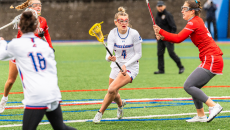(Photo Courtesy of Cappex)
“Aerial shot of the Michigan State University Campus.”
Sarah Mahannah
Connector Editor
It was a normal Monday night on the streets of East Lansing, Michigan on February 13th. For students of Michigan State University, things quickly changed.
Around 8:30 pm, a gunman opened fire on the MSU campus. Three students, Brian Fraser, Alexandria Verner and Arielle Diamond Anderson were killed. Five students remain in critical condition.
The shooting at Michigan State is not an unfamiliar event in the United States. Typically, there is a term used called “post-Columbine times”, meaning events that have occurred since the Columbine High school shooting in 1999. Since then, there have been multiple college massacres, such as Virginia Tech (2007) and Umpqua Community College (2015).
UMass Lowell criminology professor Emily Greene-Colozzi says that although they are often covered by the media, school shootings are actually rare compared to other crimes in the United States. Dr. Greene-Colozzi has an expertise in mass and school shootings, situational crime prevention and threat assessment, and has done extensive research in why school shootings happen and what is being done for prevention.
When asked why these sorts of events keep occurring, Greene-Colozzi says there are many different reasons. According to her, a major reason why shooters are able to come onto campuses and reign terror is how gun laws work. Many states have different gun laws which make it so getting a gun is easier. For example, somebody who lives in Massachusetts could drive to New Hampshire and purchase a gun very easily, and then bring it back over and just not register it.
Another reason these events keep happening is the lack of notability and mental health resources. Many shooters have a history of violence, sometimes a criminal record, emotionally struggling, isolation and sometimes just a grievance against the location hit. There are patterns in shooter’s motives and histories and often when they show signs of being a danger, they are pushed aside or ignored.
An often asked question is how can these events be prevented. Colozzi mentioned that steps some states have taken to stop mass shootings are red flag laws. Red flag laws are strong laws meant to keep guns out of the hands of those who may be a risk. This type of legislature makes it so police can take firearms from an individual if there is evidence showing that guns would better not be in their hands, or prevent these people from buying them.
Another tactic for prevention that research has shown to work is lockdown drills. Colozzi says that studies in K-12 settings have proven that when school administration and students practice what to do in case of an active shooter and practice what to do in an event, when an event does happen, less people are injured.
How does this translate to college? Having a lockdown drill in college is not as likely and colleges are more open. Some have proposed having more security in colleges, but this becomes a controversial topic. Many want college campuses to be free and let students do their own thing, instead of feeling like a prison yard.
Another tactic that has not had much research done but Greene-Colozzi says could use some studying is the Department of Homeland Security’s “Run, Hide, Fight” procedure. The idea behind this campaign is if running away is an option, run, if the shooter is there but someone can hide, they should hide, and if they think they can disarm or fight off the suspect, the victim should fight back. This response is often trained in the workplace and would be more fitting for a college setting.
Mass shootings are sensationalized events and have been subject to media attention since Columbine. Columbine was covered in a way school shootings had never before. The news was watching events unfold in real time and capturing it on video. So a big question is, have these events gotten more common recently?
The study of mass shooting cases started in 1966 because of the Clock Tower Shooting. University of Texas Austin student Charles Whitman climbed to the top of their clock tower, shielded himself in place and began shooting like a sniper. It took the police 90 minutes to stop Whitman. This was the first shooting of this kind to get a lot of media attention.
There seems to be a small increase in these sorts of events post-1960. This could be due to imitation, media desensitizing these events, etc. But one has to remember that these are all based on the individual. Greene-Colozzi says the most important thing one can take from trying to find the reasons for this, would be that there isn’t one answer for why these events happen, as well as a lot of work to be done to stop them from happening forever.




